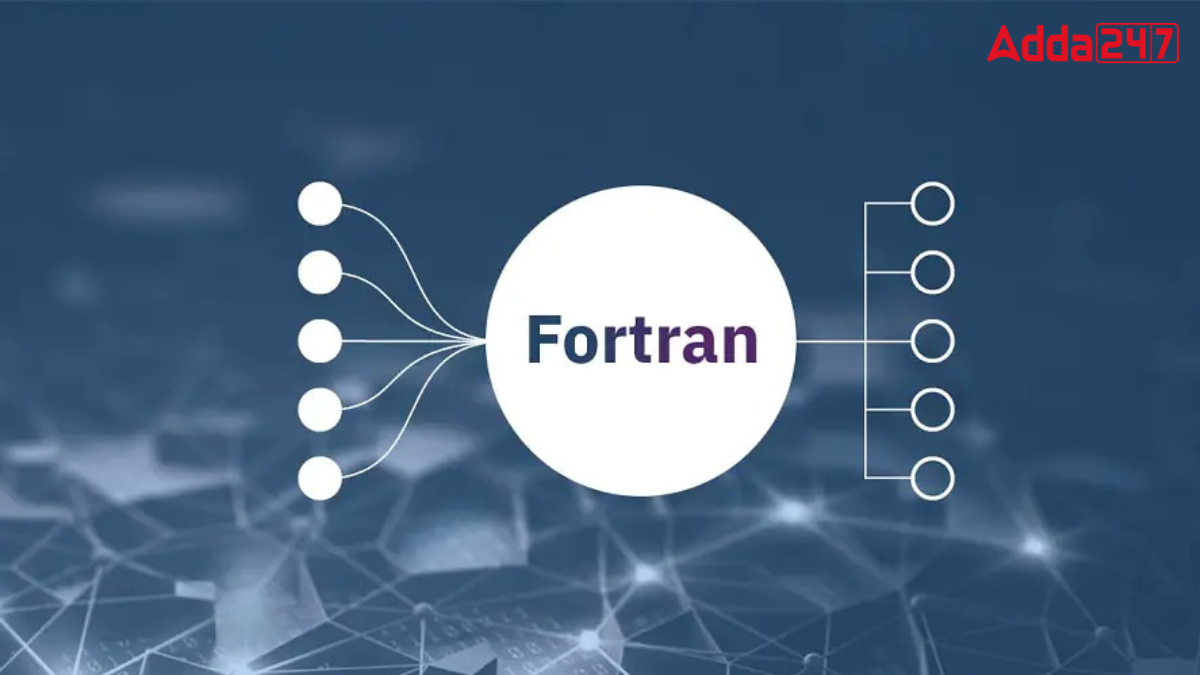The full form of FORTRAN is Formula Translation. It is the first high-level programming language, created by John Backus in 1957. FORTRAN was designed specially for scientific computing and numerical computing, which involves performing complex math calculations. The main goal of FORTRAN was to make it easier to translate mathematical equations into code for computers.
The History of FORTRAN
FORTRAN was introduced in 1957, marking a significant breakthrough in the evolution of programming languages. Before FORTRAN, programming was done using machine languages, which required writing complicated binary and hexadecimal code. John Backus and his team wanted to make programming easier and faster, so they developed a language that combined simple English-like commands with mathematical equations.
This change made programming more accessible and helped reduce the amount of time spent writing code. Scientists and researchers were quick to adopt FORTRAN, and it became the go-to language for scientific and engineering applications.
How FORTRAN Changed the Programming World?
Before FORTRAN, programming was slow and required a lot of effort. With FORTRAN, programmers could write code muck faster without losing any performance. It allowed people to create programs that ran just as those written in machine langauge, making it a huge leap forward for computing.
By the late 1950s, FORTRAN had become the standard language for scientific computing. It went through several updates in the following decades to keep up with advance in programming and technology. Versions like FORTRAN 77, FORTRAN 90 and later updates in the 2000s kept improving the language’s capabilities.
Characteristics of FORTRAN
Here are some important features of FORTRAN:
- Easy to Learn: FORTRAN is simple to understand, making it suitable for beginners and advanced programmers alike.
- Cross-Platform Compatibility: You can easily transfer a FORTRAN program from one computer to another.
- Supports Complex Math: It offers built-in functions to handle complex math calculations.
- Faster Development: Compared to machine or assembly code, it reduces development time by a lot.
- Memory Management: Programmers can manage storage allocation, making programs run efficiently.
- Flexible Formatting: Unlike older programming language, FORTRAN does not require code to be written in rigid formats.
Uses of FORTRAN
FORTRAN is mainly used in fields that require extensive mathematical calculations, such as:
- Algebraic Problems: It is used for solving algebraic equations and other types of math problems.
- Scientific Computing: Researchers and scientists are FORTRAN for simulations and calculations in physics, chemistry and engineering.
- Numerical Computing: It is ideal for applications that involve large amounts of numerical data and mathematical operations.



 GMT Full Form: Know Its Meaning, Formati...
GMT Full Form: Know Its Meaning, Formati...
 DNA Full Form: Know Its Meaning, Structu...
DNA Full Form: Know Its Meaning, Structu...
 What is the Full Form of FBI? Know Every...
What is the Full Form of FBI? Know Every...







